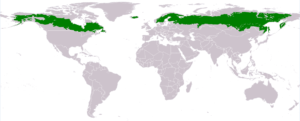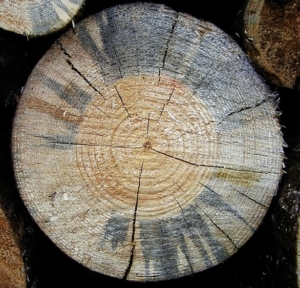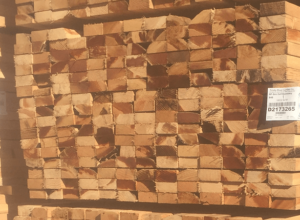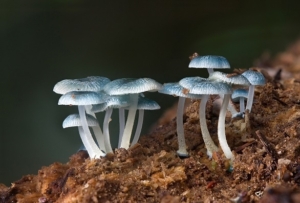8 Things You Probably Didn’t Know About Forests
8 Things You Probably Didn’t Know About Forests
It’s estimated that about 30% of the Earth’s land area is covered in forests. The rainforests of South America, Central America, Africa, Southern Asia, and Australia hover around the equator while the Boreal forest in the Northern Hemisphere span across several continents. Check out this list of fun facts you probably didn’t know about forests.
- More than 25% of medicines we use originate in rainforest plants. These medicines are used to treat conditions like malaria, glaucoma, Parkinson’s disease, pediatric leukemia, and Hodgkin’s disease.
- The Boreal forest covers 14% of the Earth’s land. Countries that include the boreal zone are Canada, the United States, Norway, Sweden, Iceland, Russia, Mongolia, Kazakhstan, and Japan.
- Forests are like the lungs of our planet. As trees grow, they use photosynthesis to sequester carbon from the atmosphere, aiding in the fight against global warming. Trees continue to store carbon throughout their life cycle which often spans decades.
- The tallest tree in the world is taller than Big Ben and the Statue of Liberty! The coastal California redwood tree called Hyperion stands at 115.61 meters tall.
- The oldest living organism on the planet, Pando, is believed to be a group of trees connected by the same root system. This set of aspen trees is estimated to be 80,000 years old.
- According to the United Nations, in 2014 it was estimated that 13 million people worldwide were employed by the forest sector.
- When a tree is harvested, about 85% of it is graded for building construction applications. The remaining 15% is used to make wood pallets and crates for shipping, wood pellets for clean energy, garden mulch, oriented strand board (OSB), and several other products.
- No part of a tree goes to waste. Even the sawdust is collected and used to make energy in cogeneration plants to power homes and office buildings.
Nature’s Packaging is committed to North American’s sustainably managed forests and to the wood packaging industries it supports. For more information, visit the Resources section of our website listed below.










